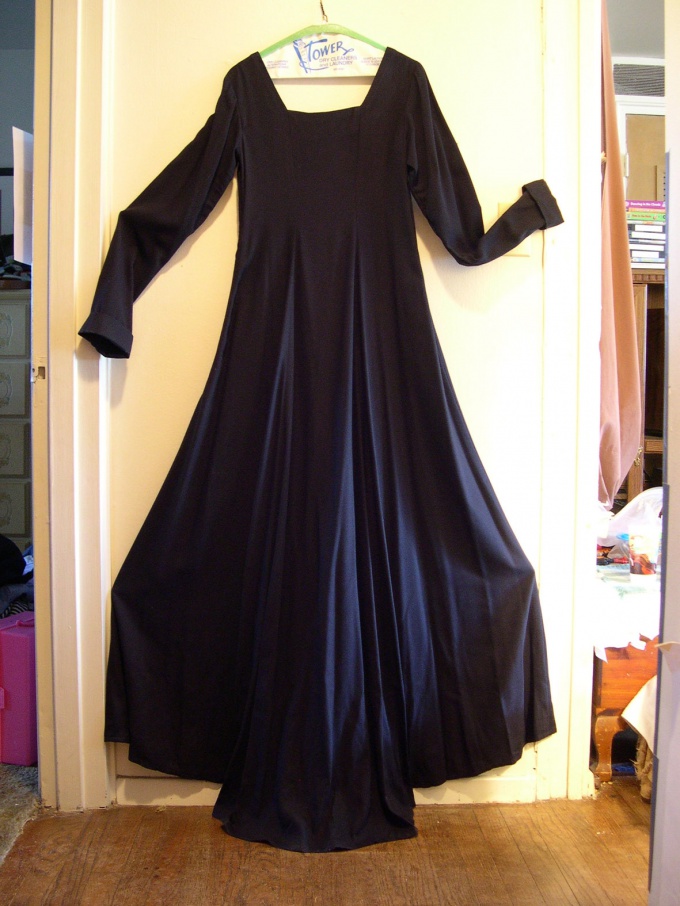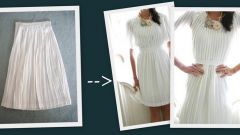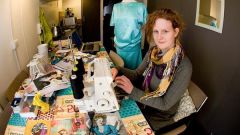You will need
- Dress
- Pattern
- Sewing machine
Instruction
1
Decide what dress you want and as far as different sizes. It is possible that you first have to rip at the seams all the product. This is necessary if a new dress will be much smaller than the old one. If the difference in size is negligible, think about what joints need to rip and which to leave. If you just want to change the sleeve or collar, dress to strut not necessarily.
2
Prepare your original dress. It should be clean and ironed. Creases Ironing is not necessary, but the fabric must not be wrinkled, otherwise you do not take. When calculating don't forget about the seam.
3
Strut dress at the seams. Select all threads. Iron details. See if you can use them. Cut damaged pieces. If you come to alter because damaged a small section of the cloth - think if you can do without emergency measures. Maybe at this point you can make beautiful embroidery or sew the pocket? And can, fit a deep neckline? It all depends on style.
4
Make pattern that you want to. It is possible that you have a ready template, which you usually sew things for yourself. To determine which sleeve you want, how will you handle the neck, is it going to make pockets and what. It is not excluded that you can do without patterns, if you have an old dress of the beloved style, from which it would be time to get rid of. It can be cut up and its parts to find new. But this method works not always.
5
Cutting little dresses from big does not differ from the cutting of pieces of fabric. The only difference is that you don't have to wrestle with how is equity the thread as more economical to have the details. Before you need to sew from the front and the sleeve from the sleeve, trying to maximize what is already there: belt, machined pockets, frills.
6
Take the necessary details. If necessary, immediately treat cuts. Prepare your pockets, bakey for treatment of neck collar. Sew side and shoulder seams, sew and fit the sleeve. Treat the neck. Sewn seams and hem the bottom.
Note
Before to make a pattern, calculate how much fabric you will need.
While stirring by two dresses in one is also very useful to maximize the use of already finished parts. For combined dresses it is necessary that the original two products were from tissues of the same type.
While stirring by two dresses in one is also very useful to maximize the use of already finished parts. For combined dresses it is necessary that the original two products were from tissues of the same type.
Useful advice
Choose the most simple style. A simple but well-tailored dress looks a lot better than complicated but sloppy made. In any event, the alteration should not be noticeable.
To fit your dress, it is not necessary to unpick it all. It may be that you just need to take it in the recesses or in the belt.
If you want to change the style of your old dresses, think how to do it with minimal losses. It might be enough to change one or two details - and the dress will look new.
To fit your dress, it is not necessary to unpick it all. It may be that you just need to take it in the recesses or in the belt.
If you want to change the style of your old dresses, think how to do it with minimal losses. It might be enough to change one or two details - and the dress will look new.





